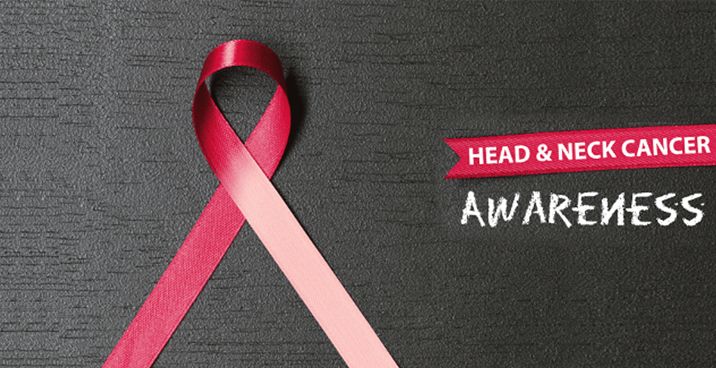Top 3 Cancers of the Head & Neck

Which are they? What are their symptoms? What are the treatment options?
Cancer in the head and neck region can occur in the nasopharyngeal (nose) region, the thyroid, the laryngeal (throat) region, the oropharyngeal (mouth, tongue, tonsils, pharynx) region, the salivary gland, the sinus, and the hypopharyngeal (hypopharynx) region. Of these, the three most commonly occurring here are nasopharyngeal carcinoma, thyroid cancer, and oropharyngeal/ laryngeal/hypopharyngeal cancers.
NASOPHARYNGEAL CARCINOMA (NPC)
This is the eighth most common cancer in Singapore, and tends to occur in patients at their prime (30–50 years of age). People of Southern Chinese descent (Cantonese, Hokkiens, Teochews, etc) are 20–30 times more likely to get this disease than people of other ethnic backgrounds, although incidences have been decreasing over the last few decades. NPC is often “hidden” in the back of the nose and above the oropharynx. This used to mean that it was only detected in the late stages, when it became very large or caused other problems. Nowadays, it is often diagnosed early, thanks to increased community awareness and the routine use of endoscopic nasal examination and cancer marking blood screening (EBV-serology).
Common symptoms
- Blood-stained sputum upon waking up in the morning
- Blocked sensation or tinnitus (ringing sound) in the ear, similar to the sensation when you are landing in an aircraft
- Lumps in the neck (lymph node spread)
- Late stages present as headache, squint (double vision), nose bleed and blocked nose
OROPHARYNGEAL, LARYNGEAL AND HYPOPHARYNGEAL CANCERS
These are the next most common of the cancers in the head and neck region. These sites are exposed to cigarette smoke and consumption of alcohol, and these carcinogens play a part in the occurrence of such cancers.
In the past couple of decades, these cancers have also been increasingly found in people who are exposed to the Human Papilloma Virus (HPV), the same virus that causes cervical cancer in women.
Common symptoms
Laryngeal and hypopharyngeal cancers
- Hoarseness of voice
- Cough
- Blood-stained sputum
- Difficulty swallowing and choking on food
- Sore throat/throat discomfort
- Lump in the neck (lymph node spread)
- Difficulty breathing
- Rapidly progressive snoring
Oropharyngeal and oral cancers
- Ulcer in mouth that fails to heal
- Blood-stained sputum
- Soreness in the mouth or throat
- Difficulty chewing and swallowing
- White or red patches or raised growth in the mouth, tongue or pharynx
- Lump in the neck (lymph node spread)
- Difficulty breathing
- Rapidly progressive snoring
THYROID CANCER
This is the ninth most common cancer in Singaporean women, and the incidence rate has been rising over the years.
Common Symptoms
Thyroid cancers usually present with an asymptomatic lump in the centre lower neck, just above the clavicle.
TREATMENT OPTIONS
Surgical excision applies to all three cases. In the second case, surgery followed by radiation and chemotherapy is required in the late stages. In the third case, surgery is followed by radiation. In cases with good prognosis, thyroidectomy followed by radioactive iodine therapy is often the treatment of choice.
Where surgery could cause severe loss of function in vital organs, chemotherapy and radiotherapy may be offered as a firstline treatment, with surgery a last resort.
PREVENTION TIPS
Stop smoking; go easy on alcohol; improve oral hygiene; address chronic irritation; vaccinate against HPV; avoid asbestos, wood dust and nickel dust.
Our Singapore ENT clinic specialises in the end-to-end management of all ear, nose, and throat conditions while keeping the best ENT practices in mind.










